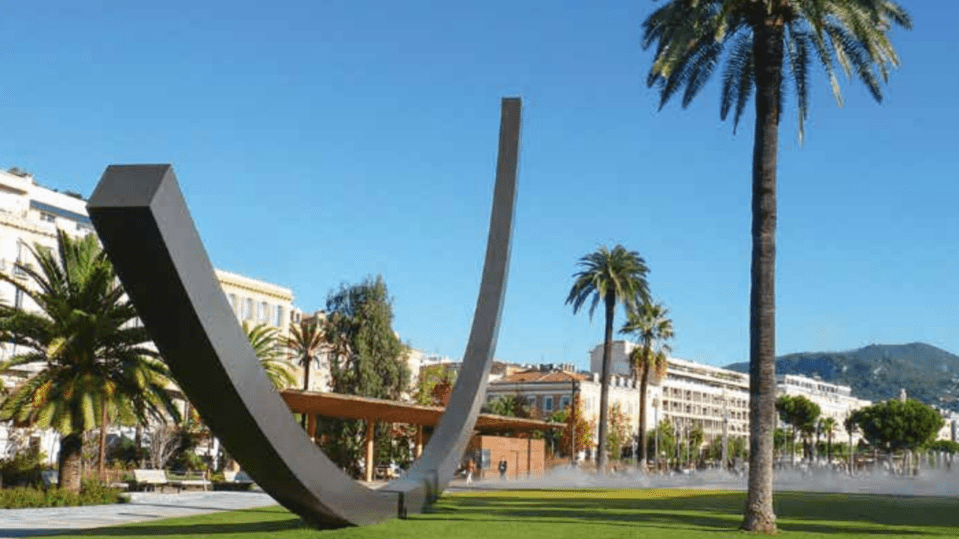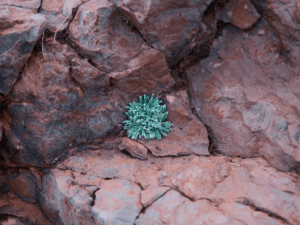Last year, Bernar Venet (b. 1941) unveiled “the most major piece” of his life. The 79-year-old, arguably France’s greatest living sculptor, has long toed the line between art and engineering, and Arc Majeur feels like an amalgamation of five decades of work. Spanning 75 metres in diameter, the sculpture – made of Venet’s signature rusted Corten steel – straddles the Belgium E411 highway, twin gargantuan arcs welded like giant arms stretching towards the sky.
Control, chance and chaos are all qualities that characterise Venet’s body of work, which is detailed in a monograph by Florence Derieux, Barry Schwabsky and Clare Lilley. Featuring interviews with the artist, as well as essays and philosophical insights, Phaidon’s new publication documents Venet’s winding journey from the 1960s avant-garde scene in New York – where he rubbed shoulders with the likes of Marcel Duchamp, Mark Rothko and Donald Judd – to his present-day interests in mathematics and science.
It’s hard not to speak in numbers when talking about Venet. The artist is well-known for the Indeterminate Lines series, an impossible tangle of colossal rolled steel coils and curves that appear to contradict the limits of material resistance. Pieces like 88.5 Arc x 8 and Two Indeterminate Lines include seemingly spontaneous or accidental forms – based off the artist’s iconic sketchbook doodles of mathematical lines and curves – all with the stoic and robust nature of steel.
Venet once described a line as “what exists before anything superfluous is added.” In other words, lines are ideas that can be reduced to a formula. An indeterminate line, in contrast, is utterly unpredictable – the result of a spontaneous scribble. As Schwabsky puts it: “It exists as a visible figure rather than an idea that might be encapsulated in a formula.” He adds: “No point along its course can be calculated from any of the others. Its only unity is its physical continuity. And yet, if you examine any given indeterminate line, you are likely to notice that certain areas of the line correspond, fortuitously, to an arc that could have been mathematically determined.”
At the heart of all this is the desire for a kind “pure” form – an art object that isn’t defined by what it represents. We can see this as far back as Venet’s 1963 work Pile of Coal. As Schwabsky explains: “The work is a pile of coal of no definitive shape, size, weight – all that is necessary is that it be coal, in a pile, just as it is, without any further form being imposed on it.” Likewise, Venet’s recent sculptures demand to be seen as a whole: where arcs are in and of themselves. Alongside each of Venet’s pieces is a deep metaphysical conundrum – the predictable versus the unpredictable, the determinate versus the indeterminate, the physical versus the idea. At times, the very act of thinking about them can generate as many twists and turns as there is in the physical works. Herein lies the beauty and complexity.
Find out more here.
Gunseli Yalcinkaya
Lead image: 115.5˚ ARC, 1988, STEEL PAINTED BLACK, 19 X 38 X 1 M, JARDIN ALBERT 1ER, NICE, Photographer: Maxime Bruyelle





